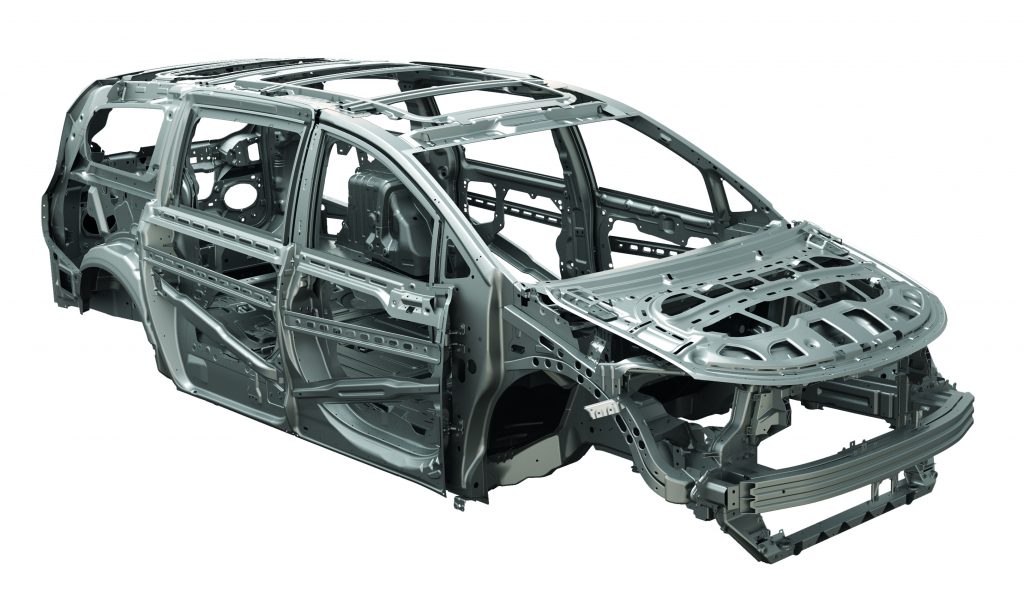
Improving fuel economy is, in part, a balancing act between vehicle mass and the energy demand required to move it, said Head of Product Development – FCA North America Phil Jansen.
Just as a well-built home begins with a solid foundation, development of the 2017 Chrysler Pacifica began with a robust, new platform, says Phil Jansen, Head of Product Development – FCA North America.
“Every year, the expectations evolve,” Jansen told the 2016 International Automotive Body Congress yesterday, describing today’s dynamic marketplace.
Body structure comprises the core of a vehicle platform. And when engineering a new body structure in today’s vibrant climate, automakers must strive to enhance critical attributes such as occupant safety, fuel economy, performance, comfort, convenience and cost of ownership.
The resulting product must outpace the one it is replacing, as happened with the 2017 Pacifica minivan, Jansen noted.
The first minivan to earn a 2016 Top Safety Pick+ designation from the Insurance Institute of Highway Safety, the all-new Pacifica delivers class-leading ride and handling, a quieter cabin and an unsurpassed highway fuel-economy rating of 28 mpg.
“All this plays into body engineering,” Jansen said, singling out fuel economy – a balancing act between vehicle mass and the energy demand required to move it.
The all-new Pacifica minivan is 250 lbs. lighter than the vehicle it replaced. And the Pacifica’s body structure, of which 72% is high-strength steel, accounts for more than half of that difference.
“When you take mass out, you take demand out,” Jansen said. “Very simple on a chart; very difficult to do.”




